22nd March is commemorated as ‘World Water Day’. Only two percent of the water on the globe is fresh water. Of this nearly 70 percent is locked in the polar ice sheets and the rest is distributed unevenly. Recycling of waste water is an important way to conserve water and relive water shortages.
Excellent work has been done by Prof CR Babu, Prof Emeritus Delhi University and his team, in converting waste water into clean water at the Neela Hauz Bio-diversity Park with the help of a ‘Constructed Wetland System’. Neela Hauz is situated near Sanjay Van, close to the Jawaharlal Nehru University (JNU) Campus in New Delhi. Once upon a time, Neela Hauz used to be a water body which dried up and became a stinking dumping ground. Following the orders of the Delhi High Court, the Delhi Development Authority (DDA) was forced to take steps to restore Neela Hauz to its earlier condition. Prof CR Babu was given the responsibility to accomplish this task.
The Professor came up with the idea of using raw sewage water, discharged by a nearby village Kishangarh, and treating it with the help of aquatic plant species of special kind. He designed and created a Constructed Wetland System (CWS) for this purpose.
Treatment of water with the help of Constructed Wetland System (CWS) is a two step process. Step one involves storing the sewage water in a vacant piece of land for about 24 hours for the purposes of oxidation when aerobic bactria break down the organic material in the raw sewage water. The second step involves storage of water in a pond where twenty different kind of aquatic plants like Typha, Pharagmites, Alternanthera, Ipomoea, Solanum etc. cleanse the water of its bio-toxins and ease it into the lake.
Measurement of the content of the water before and after the CWS treatment show remarkable improvements in the quality of water. The PH value of water before CWS was 7.8 while after CWS it came down to 6.78; Bio-chemical Oxygen Demand (BOD) reduced from 40 to 4.0; Chemical Oxygen Demand (COD) reduced from 80 to 0.7; Dissolved Oxygen went up from 0 to 3.4; Phosphates reduced from 103 to 14 and Total Dissolved Solids (TDS) reduced from 600 to 298.
The beauty of CWS is that it does not use electricity at all. Cleansing of raw sewage is done by the aquatic plants. The water flows to the lake through by natural gradient. No pumping is required.
The Neela Hauz CWS has been in operation for over a year and a large, 20 feets deep lake has already formed. A million litres of clean water treated from raw sewage enters the lake every day. Migratory birds have begun to visit the lake. The surrounding area has been developed as a beautiful park which is used by the locals. The CWS, which relies entirely on natural process, is a far more efficient system then the expensive sewage treatment plants which consumes huge amounts of energy and require regular maintenance
CWS can easily be replicated in and around thousands of residential colonies in the National Capital Region (NCR). Various nullahs which discharge sewage water into the Yamuna River can be converted into lakes. This will not only reduce the burden of sewage on the River Yamuna but also create numerous water bodies and beautiful areas. The DDA should come out with a comprehensive plan for more CWS in the city. Resident welfare associations should also be involved.
Photographs below of the restored Neela Hauz lake are testimony to the efficacy of the CWS.
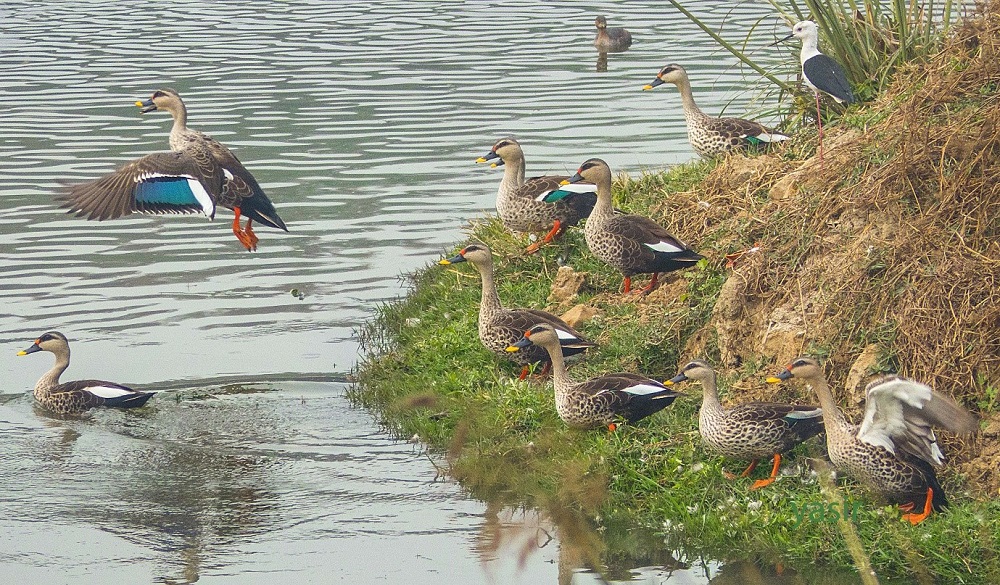
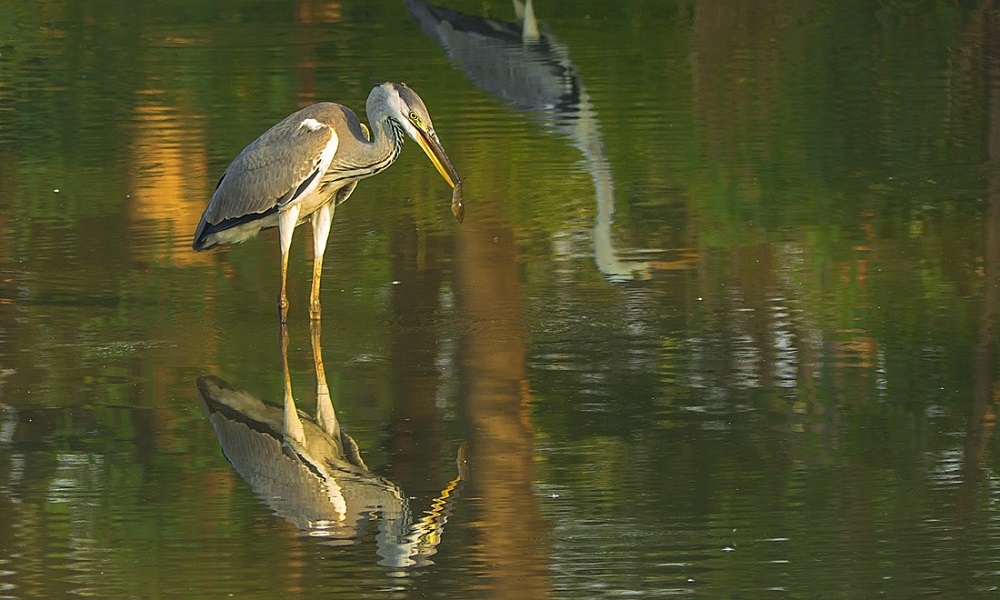
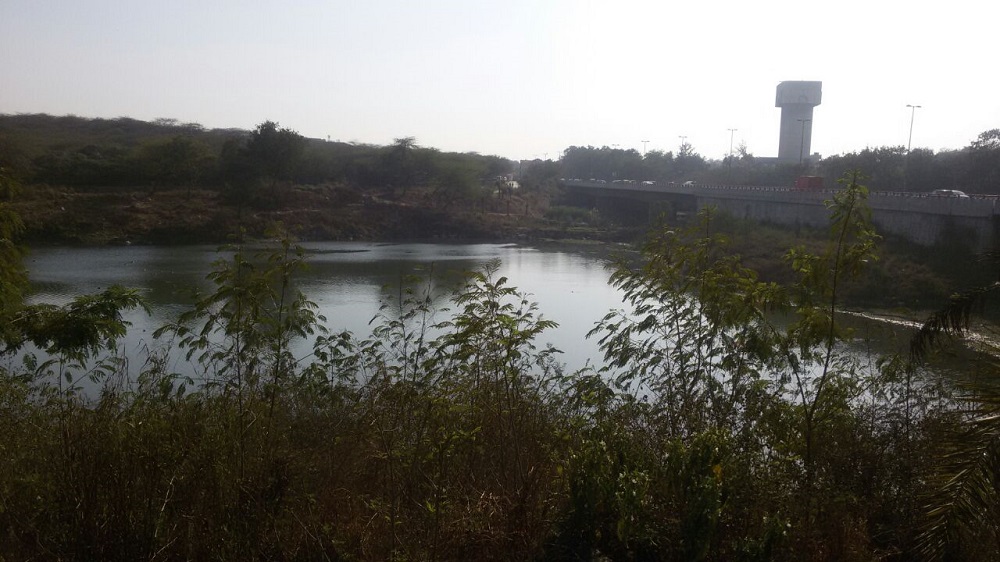

Credit for photos : Yasser Arafat
(Views expressed are of the author and do not necessarily reflect the views of the VIF)

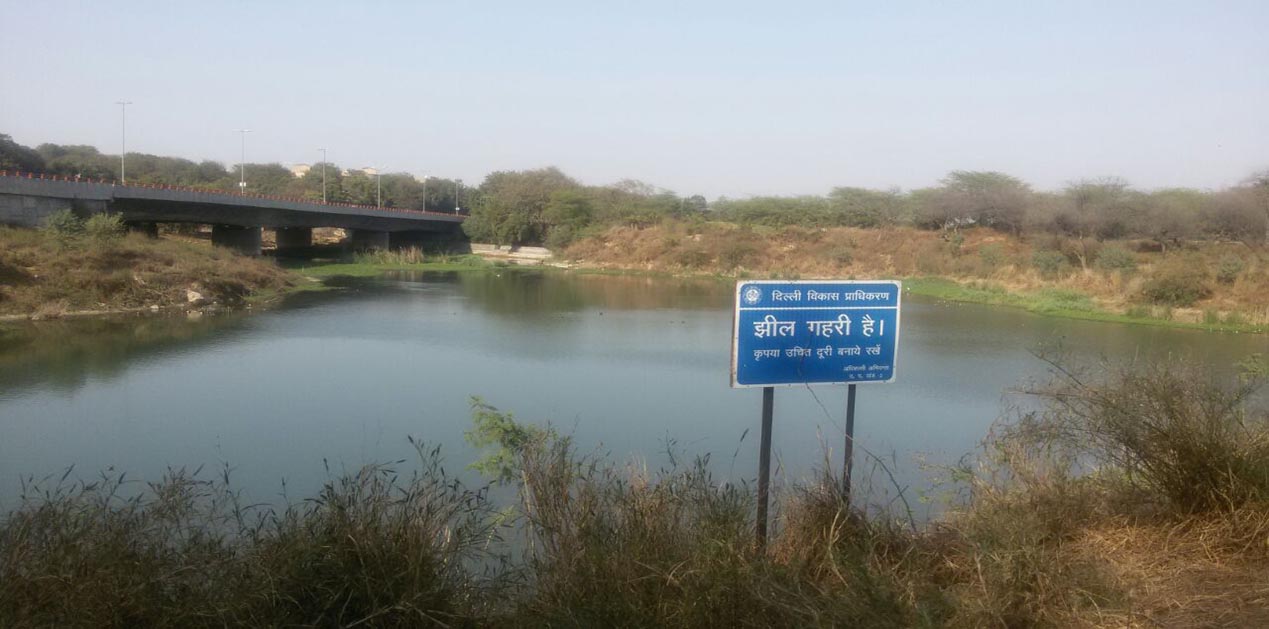
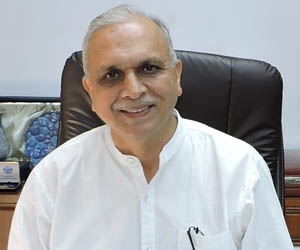







Post new comment